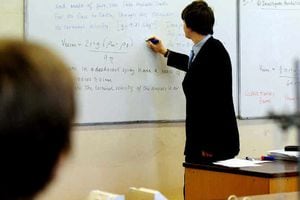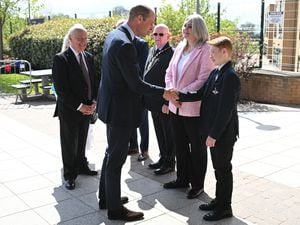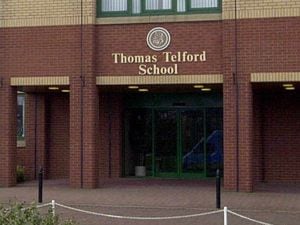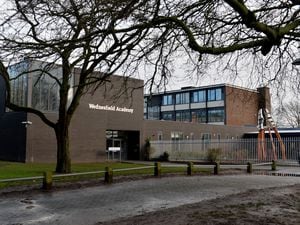Exclusions at Wolverhampton schools nearly double
The number of pupils permanently excluded from schools in the city has Wolverhampton nearly doubled in the last year, new figures show.

During the 2016/17 academic year, 123 pupils were not allowed to return to their schools in Wolverhamptonpermanently excluded, surging from 63 the previous year.
The number of Temporary exclusions also increased from 1,820 in 2015/16 to 2,026 last year. The figures totals – which incorporate primary, secondary and special schools – have risen dramatically since 2012/13 when there were 960 temporary exclusions and no permanent exclusions recorded.
Wolverhampton council said it was is ‘concerned’ by the figures but pointed out it wasis a national trend.
Councillor Claire Darke, the authority’s cabinet member for education, said: “We are concerned about the recent rise in numbers of permanent exclusions in Wolverhampton, and this year we have worked with schools to understand the reasons for this and identify some of the difficulties they are having in supporting children who are at risk of exclusion.
“We are also providing advice and guidance to schools and governing bodies about the support which can be made available for pupils and the steps they can take which may avoid exclusions.
“We have developed a plan to improve how children with social, emotional and mental health needs are identified and supported.
“This focuses on ensuring their needs are identified early and that there is a clear pathway for supporting pupils, and providing an offer of training to schools about types of need and the various interventions which may help.
“The plan also involves improving the support from our outreach service for children whose behaviour is challenging, and having quality provision available that schools can work with if they feel children are at risk of exclusion. It should be noted the issue of exclusions is not unique to Wolverhampton.
“Many areas, both regionally and nationally, are seeing a growth in the number of fixed term and permanent exclusions.” The majority of the permanent exclusions in 2016/17 – 89 of 123 – were at secondary schools.
Immediately after a child is excluded, the council allocates a caseworker and seeks to ensure they have suitable education provision within six days.
Councillor Darke added: “The decisions about whether a child is excluded temporarily or permanently from school is the responsibility of the headteacher and should be scrutinised by the school’s governing body.
“The council is very clear about the fact permanent exclusion – except in extreme circumstances – is not the best option because the child concerned will still need access to education and their outcomes can be adversely affected by exclusion.
“There are a range of options which schools should take before resorting to permanent exclusion, such as investigating whether the child has any special educational needs which can be met, or arranging alternative educational provision.”
Of the 2,026 temporary exclusions last year, 1,319 were from secondary schools, 453 from special schools and 254 from primary schools.
Conservative councillor Udey Singh said the figures were ‘extremely concerning’.
He said added: “This trend is not confined to one particular type of school but this pattern has spread across primary secondary and special schools.
“With the added responsibility of the local authority in ensuring that the pupils excluded continue to be part of the education system I strongly urge the cabinet member for education to take immediate action in understanding the causes of this rise and implementing a plan to reverse this trend.”





